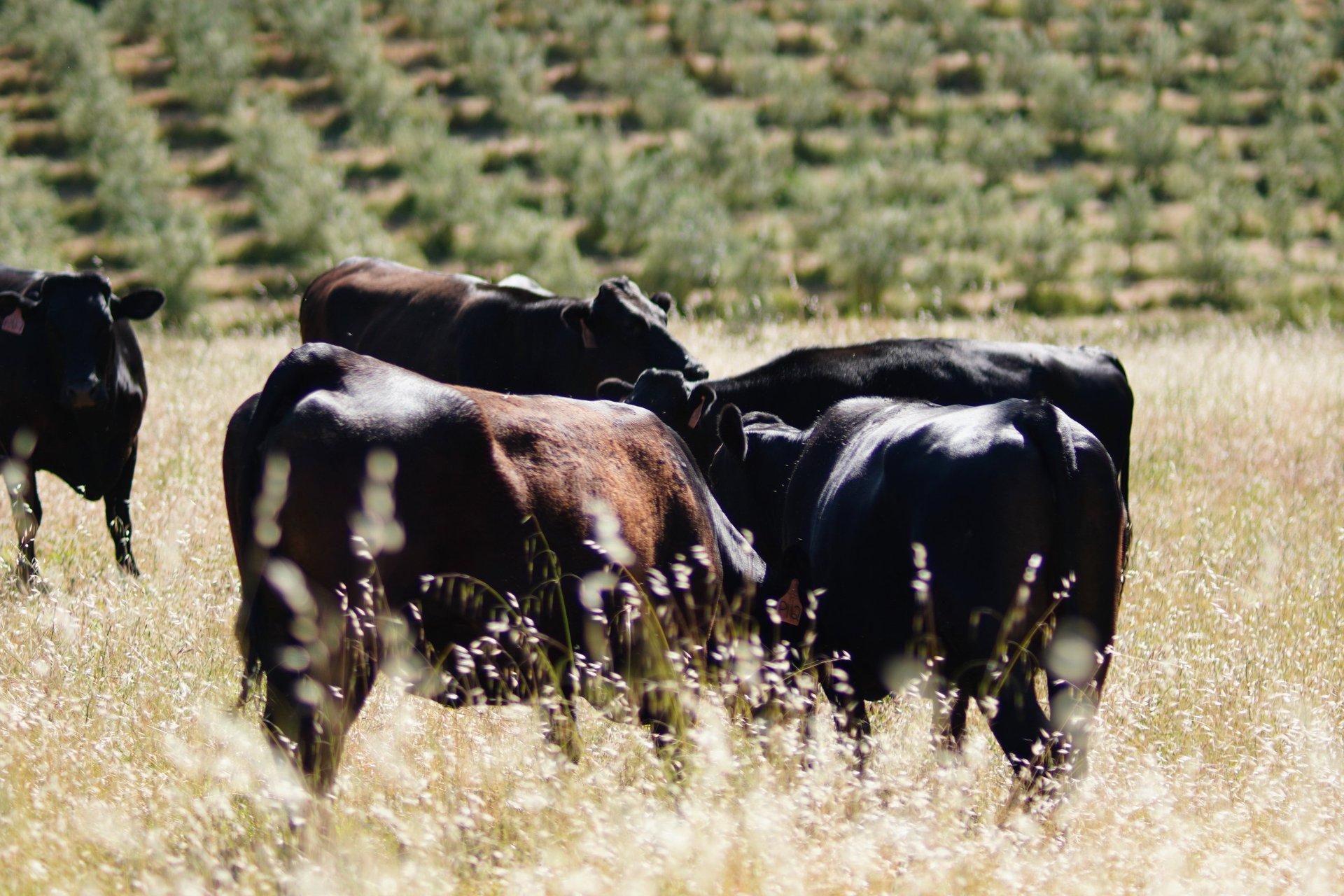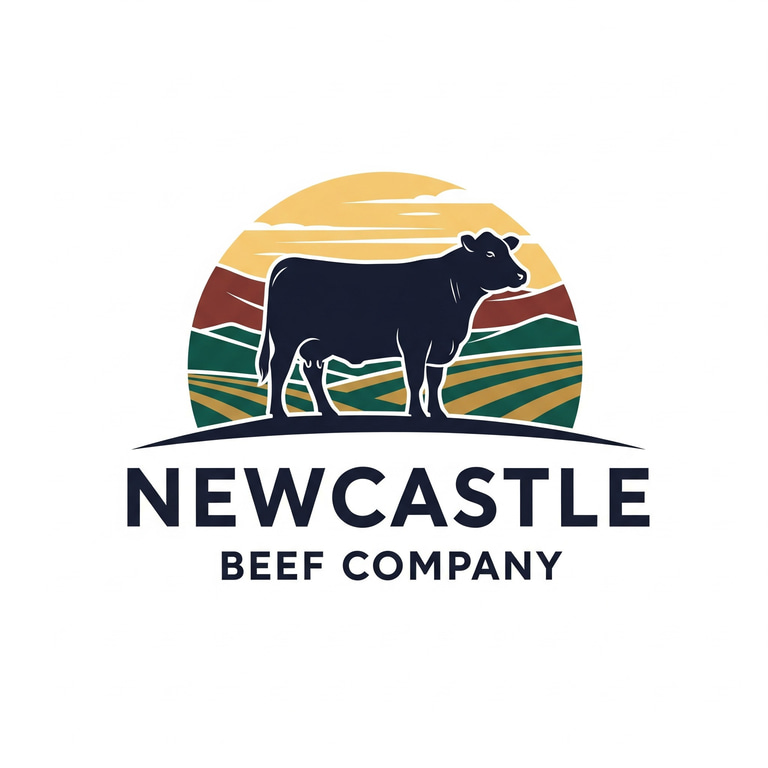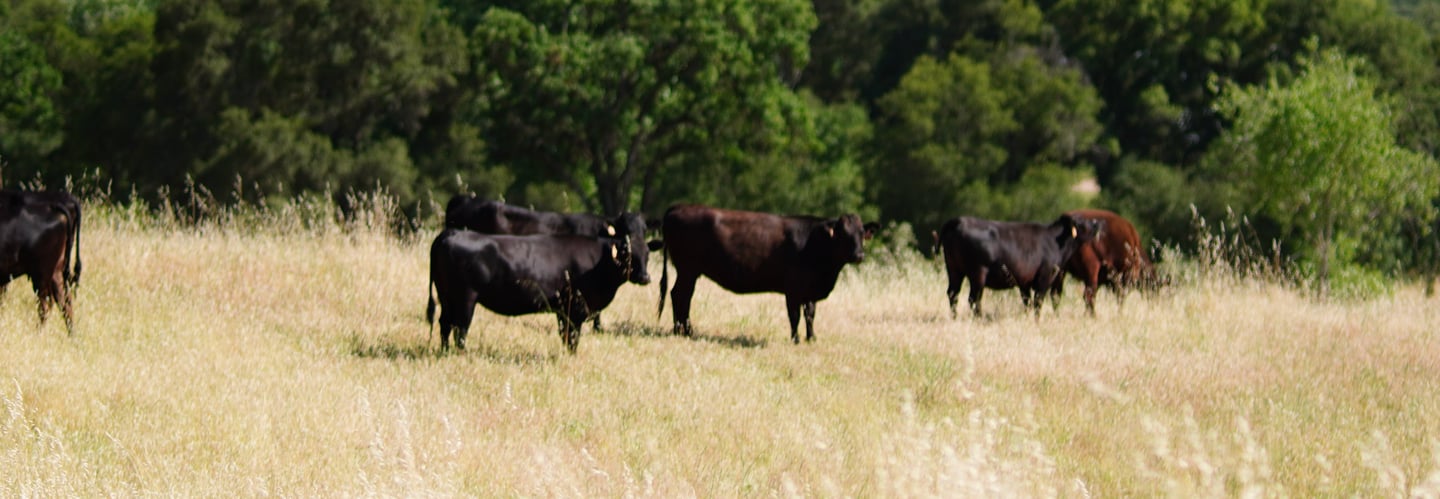Wagyu in the United States
Wagyu beef has a rich and interesting history in America. Here's a detailed timeline of how it came to be a prized product in the United States:
The First Imports (1970s)
1976: The first Wagyu cattle were imported to the U.S. by Morris Whitney, a researcher at Colorado University. This initial shipment consisted of four bulls: two Japanese Black (named Mazda and Mt. Fuji) and two Japanese Red (named Judo and Rueshaw).
These bulls were used for crossbreeding with American cattle breeds, primarily Angus, since no female Wagyu cattle were imported at this time.
Expanding the Genetic Pool (1990s)
1990: The American Wagyu Association was incorporated, with the goal of preserving the genetics and integrity of Wagyu cattle in the U.S.
1993: For the first time, female Wagyu cattle were imported.6 The Mannett Group brought three Japanese Black females to the U.S., allowing for the first full-blood Wagyu to be bred on American soil.
1994-1997: Several more shipments of Wagyu bulls and females were imported from Japan.8 These imports greatly expanded the genetic diversity of the American Wagyu herd. The total number of full-blood Wagyu exported to the U.S. was less than 200.
1997: The Japanese government declared Wagyu cattle a national treasure and banned all further exports, making the existing American herds the foundation for the breed's future in the U.S.
The Rise of American Wagyu
2003: A case of Bovine Spongiform Encephalopathy (BSE) was discovered in the U.S., leading Japan and other countries to halt imports of American beef.11 This event, while difficult for producers, forced them to focus on developing a domestic market for Wagyu beef.
As a result, American consumers were introduced to the superior eating qualities of Wagyu, and the domestic market began to expand significantly.
Today, American Wagyu is a distinct category of premium beef.14 The American Wagyu Association estimates there are around 30,000 Wagyu-influenced cattle, but fewer than 5,000 are considered full-blood Wagyu.
American Wagyu is often crossbred with breeds like Angus to combine the intense marbling of Wagyu with the size and productivity of American cattle.16 The American Wagyu Association has a grading system that classifies cattle based on the percentage of Wagyu genetics they possess, from F1 (50%) to purebred (93.75% or higher).















